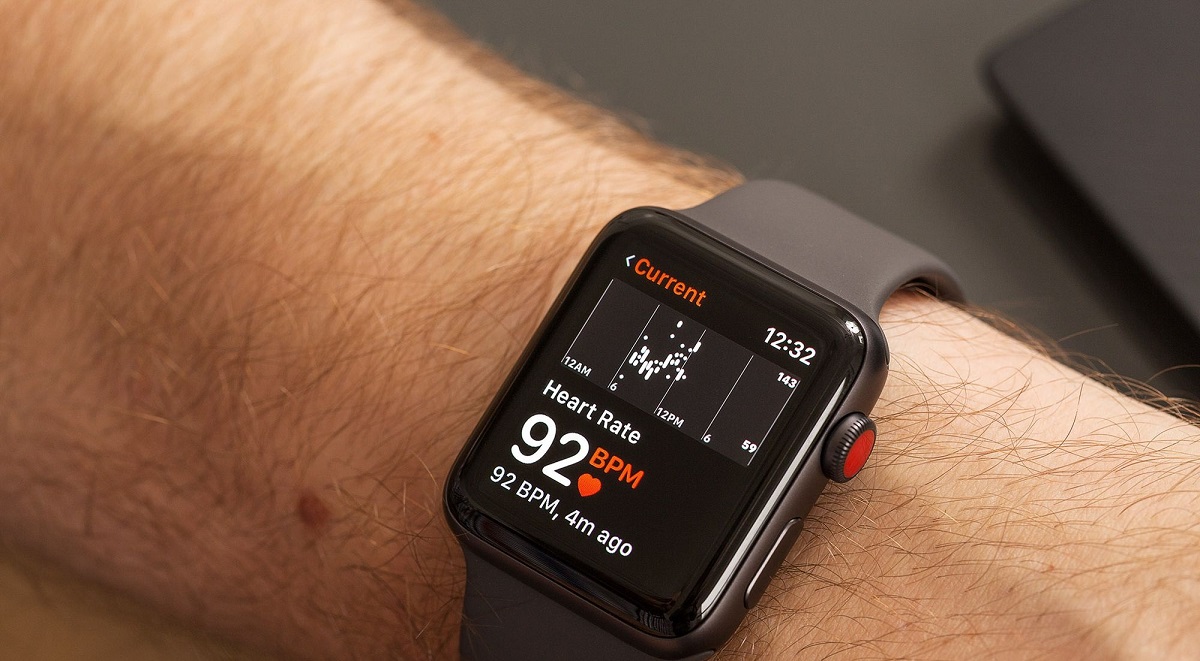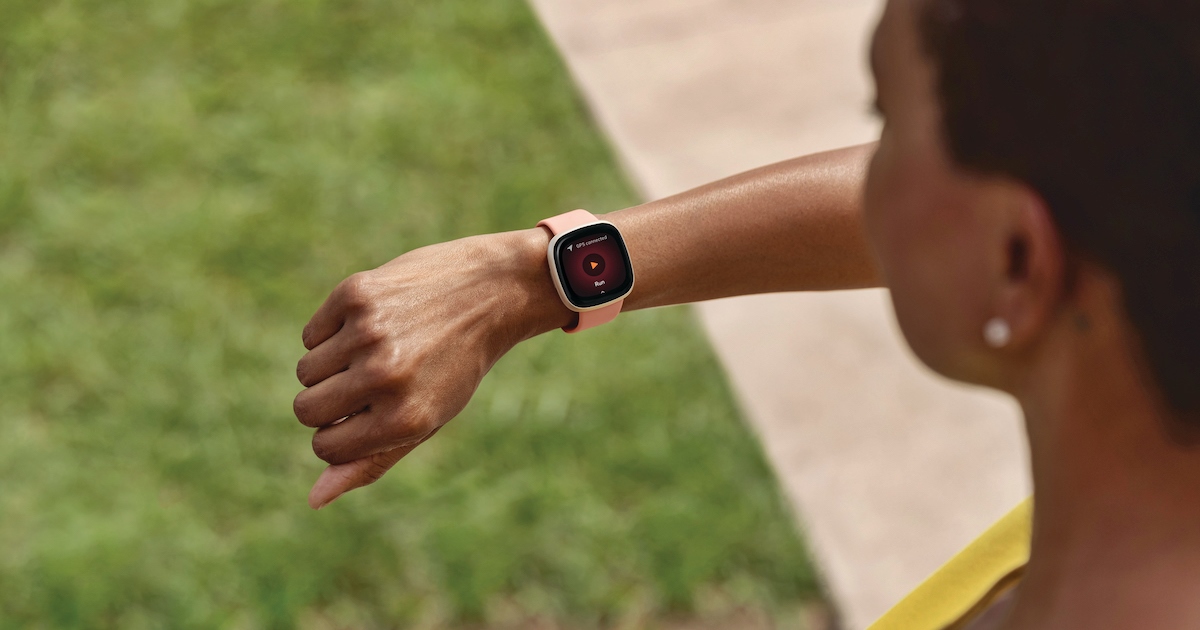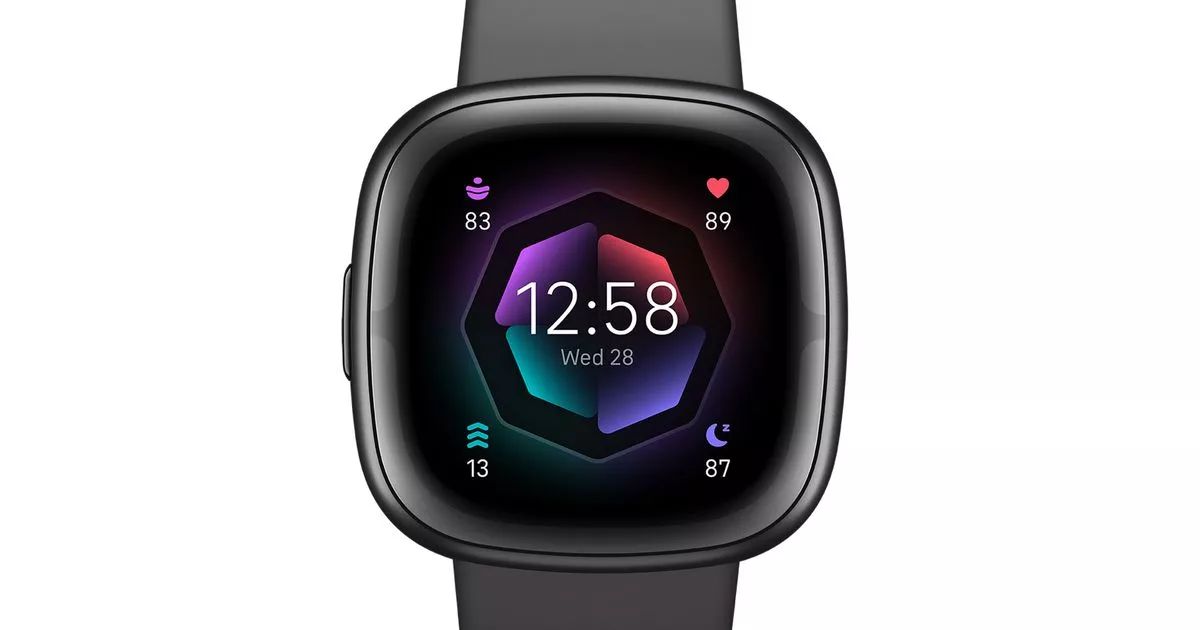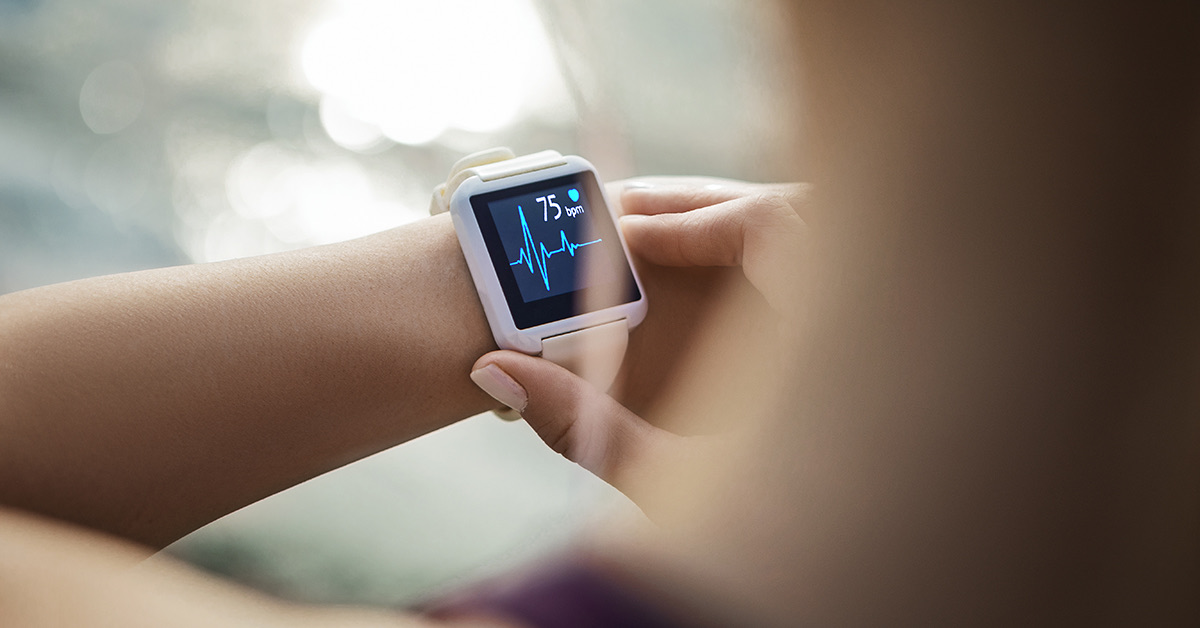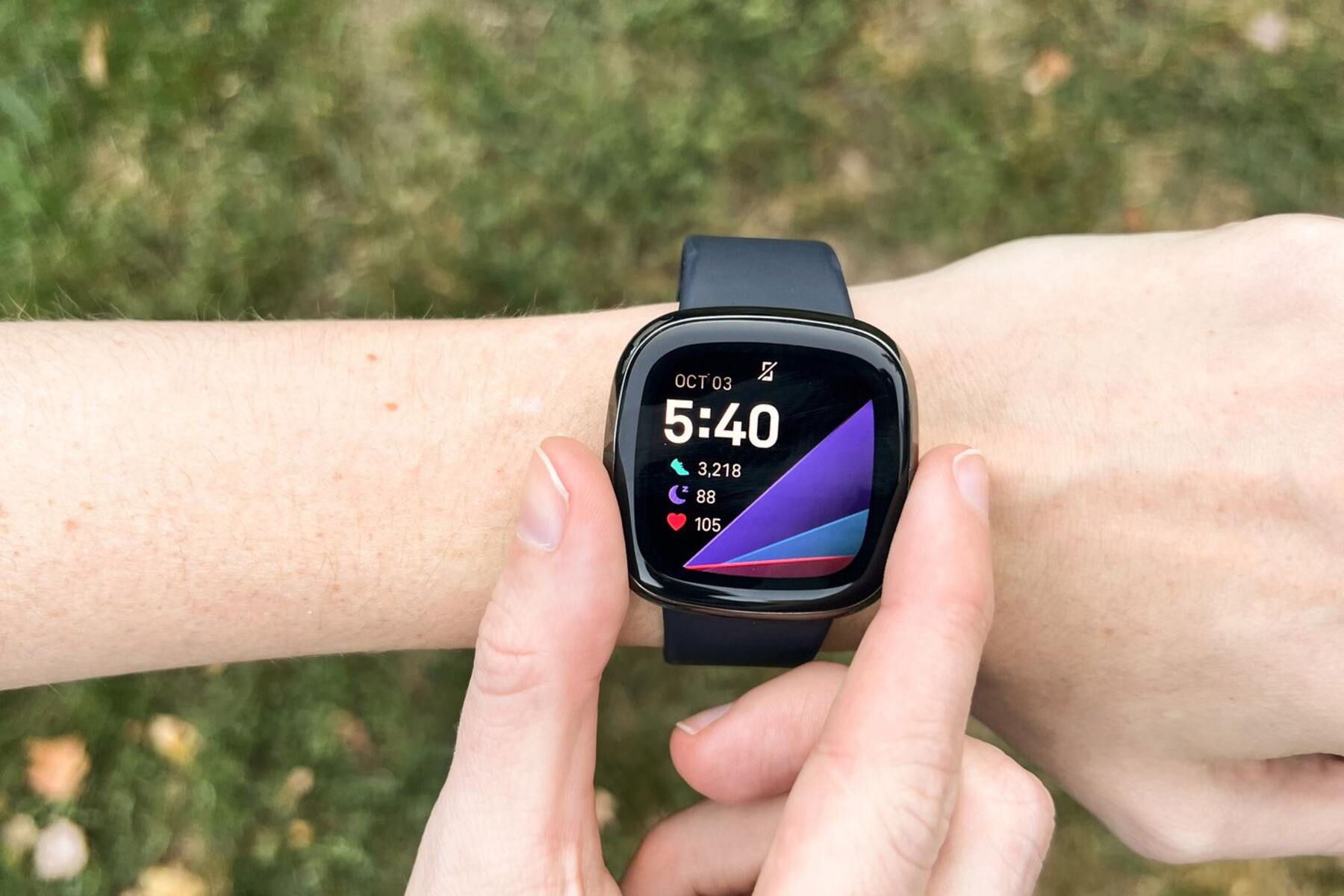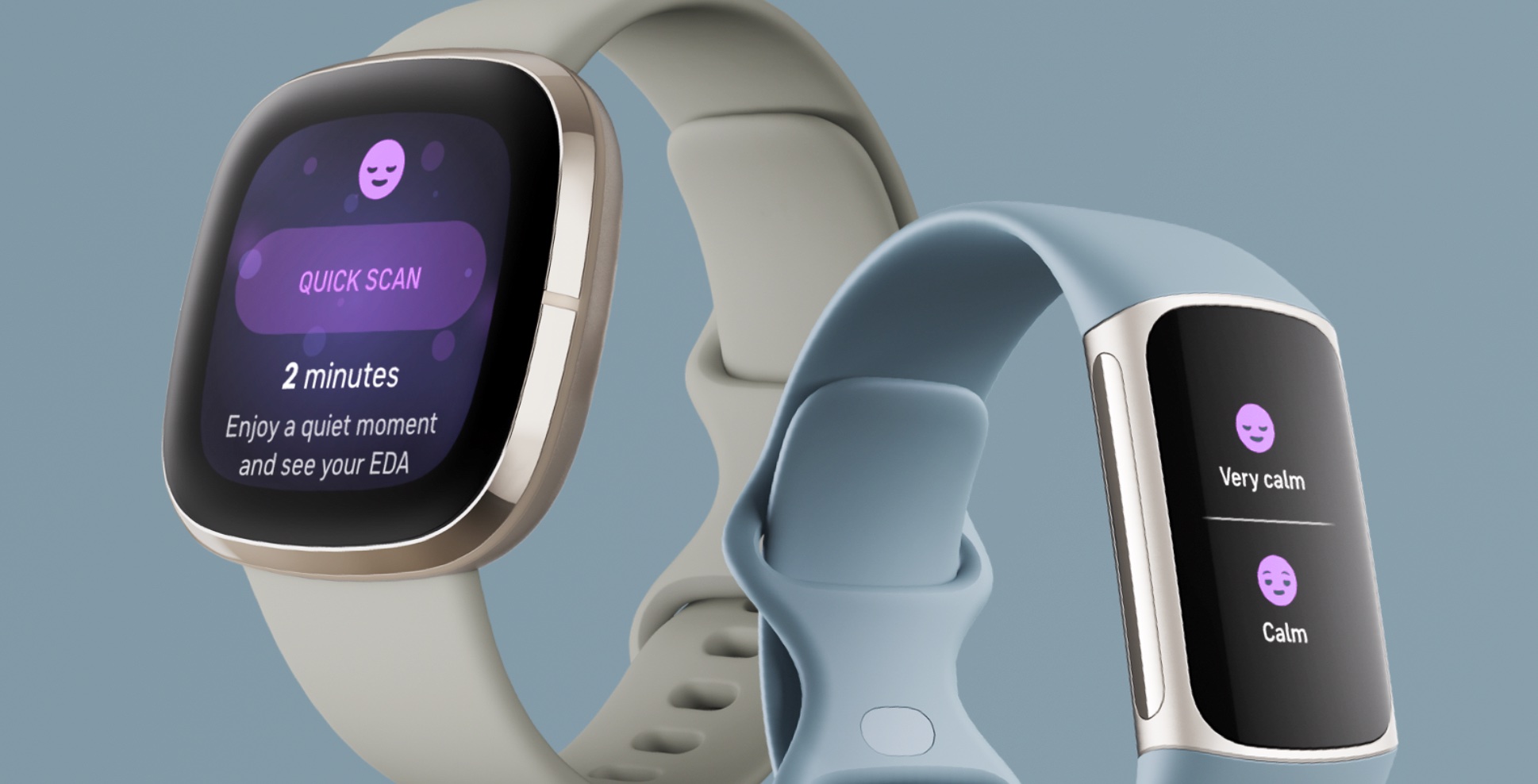Introduction
In today's fast-paced world, the quest for optimal health and well-being has become a top priority for many individuals. With the rise of wearable technology, people now have access to a wealth of data about their bodies, including heart rate variability (HRV). HRV has gained significant attention as a valuable indicator of overall health and fitness, and its measurement has been integrated into popular wearable devices like Fitbit.
Understanding one's HRV can provide valuable insights into the body's autonomic nervous system, offering a window into stress levels, recovery, and overall cardiovascular health. As a result, an increasing number of individuals are leveraging the power of HRV data to make informed decisions about their lifestyle, exercise routines, and stress management strategies.
In this article, we will delve into the intricacies of HRV, exploring its significance and the various factors that can influence its readings. Additionally, we will investigate the reasons behind low HRV readings specifically on Fitbit devices, shedding light on potential causes and offering actionable insights for users seeking to optimize their HRV measurements.
By unraveling the mysteries surrounding HRV and its interpretation on Fitbit, readers will gain a deeper understanding of this vital physiological metric and how it can be harnessed to enhance overall well-being and performance. Let's embark on a journey to demystify HRV and empower individuals to leverage this valuable data for improved health and vitality.
Understanding HRV and its importance
Heart rate variability (HRV) is a physiological phenomenon that measures the variation in the time interval between consecutive heartbeats. While it may seem counterintuitive, a healthy heart does not beat at a constant rate. Instead, there are slight variations in the time intervals between each heartbeat, and it is this variability that holds valuable insights into the body's autonomic nervous system.
The autonomic nervous system regulates various bodily functions, including heart rate, digestion, respiratory rate, and more. It consists of two main branches: the sympathetic nervous system, often referred to as the "fight or flight" response, and the parasympathetic nervous system, known as the "rest and digest" response. These two branches work in tandem to maintain a delicate balance within the body.
HRV serves as a non-invasive window into the autonomic nervous system, providing valuable information about the body's ability to adapt to various stressors and stimuli. Higher HRV is generally associated with better overall health and fitness, as it indicates a strong and flexible autonomic nervous system. On the other hand, lower HRV may signify increased stress, fatigue, or potential health concerns.
The importance of HRV lies in its ability to reflect the body's resilience and adaptability. It serves as a powerful indicator of stress levels, recovery capacity, and cardiovascular health. By monitoring HRV, individuals can gain insights into their body's response to physical exercise, emotional stress, and daily challenges. This information can be leveraged to optimize training regimens, manage stress more effectively, and make informed lifestyle choices.
Furthermore, HRV has garnered attention in various fields, including sports performance, healthcare, and stress management. Athletes and coaches use HRV data to tailor training programs and monitor recovery, while healthcare professionals utilize HRV as a prognostic tool for assessing cardiovascular health. Additionally, individuals seeking to enhance their overall well-being can harness HRV insights to cultivate resilience, balance, and vitality in their daily lives.
In essence, understanding HRV and its importance goes beyond merely tracking heartbeats; it encompasses a holistic view of the body's inner workings and its response to the ever-changing external environment. By recognizing the significance of HRV, individuals can unlock a wealth of knowledge about their physiological resilience, paving the way for improved health, performance, and well-being.
Factors affecting HRV
Several factors can influence heart rate variability (HRV), reflecting the intricate interplay between the body's physiological state and external influences. Understanding these factors is crucial in interpreting HRV measurements and recognizing the dynamic nature of this physiological metric.
-
Physical Activity: Engaging in regular physical exercise can positively impact HRV. Aerobic training and endurance activities have been associated with increased HRV, indicating improved cardiovascular function and autonomic regulation. Conversely, abrupt changes in exercise intensity or overtraining can temporarily lower HRV, highlighting the delicate balance between training stimulus and recovery.
-
Stress and Emotions: Emotional and psychological stress can significantly affect HRV. The body's response to stress, whether from work, relationships, or environmental factors, can manifest in reduced HRV. Chronic stress and anxiety may lead to prolonged decreases in HRV, signaling potential impacts on overall well-being and cardiovascular health.
-
Sleep Quality: Adequate and restorative sleep is essential for maintaining healthy HRV levels. Disrupted or insufficient sleep can disrupt autonomic balance, leading to decreased HRV. Monitoring sleep patterns and prioritizing quality sleep can positively influence HRV readings.
-
Nutrition and Hydration: Diet and hydration status can influence HRV. Dehydration and fluctuations in blood sugar levels may impact autonomic function, potentially leading to changes in HRV. A balanced diet and adequate hydration can support optimal HRV levels.
-
Age and Gender: Age and gender can also play a role in HRV. Generally, HRV tends to decrease with age, reflecting changes in autonomic function. Additionally, gender differences in HRV have been observed, with women often exhibiting higher HRV than men, influenced by hormonal and physiological factors.
-
Environmental Factors: Environmental conditions, such as temperature extremes and air quality, can impact HRV. Exposure to extreme temperatures or pollutants may trigger physiological stress responses, reflected in HRV changes.
-
Health Conditions: Various health conditions, including cardiovascular diseases, diabetes, and neurological disorders, can influence HRV. Monitoring HRV can serve as a valuable tool in assessing autonomic function and overall health status in individuals with such conditions.
By recognizing the multifaceted nature of HRV and its susceptibility to various influences, individuals can gain a deeper appreciation for the dynamic interplay between lifestyle, physiology, and environmental factors. This awareness empowers individuals to make informed choices to support and optimize their HRV, ultimately contributing to enhanced well-being and vitality.
Investigating reasons for low HRV on Fitbit
Low heart rate variability (HRV) readings on Fitbit devices can be a cause for concern, prompting individuals to investigate the underlying reasons behind such measurements. While HRV fluctuations can be influenced by various factors, understanding why HRV may register as low on a Fitbit is essential for users seeking to optimize their health and fitness tracking experience.
Fitbit Accuracy and Placement
Fitbit devices utilize photoplethysmography (PPG) technology to measure HRV by analyzing blood flow and detecting subtle changes in capillary size. Ensuring proper device placement on the wrist and maintaining a snug fit can significantly impact the accuracy of HRV readings. Inadequate contact with the skin or improper positioning may lead to inaccuracies in HRV data, potentially resulting in lower readings.
Physical Activity and Exercise Intensity
Engaging in intense physical activity or high-intensity workouts can temporarily lower HRV readings. Fitbit devices may capture these fluctuations, especially during and immediately after strenuous exercise. It is important for users to consider the timing of HRV measurements in relation to their exercise routines, as post-exercise HRV reductions are a natural physiological response to exertion.
Stress and Emotional Well-being
Fitbit users experiencing periods of heightened stress, anxiety, or emotional strain may observe lower HRV readings. Stressful situations trigger the sympathetic nervous system, leading to decreased HRV as the body prepares for a "fight or flight" response. Fitbit wearers should be mindful of their emotional well-being and acknowledge the potential impact of stress on HRV measurements.
Sleep Quality and Recovery
Inadequate or disrupted sleep can contribute to diminished HRV levels. Fitbit's sleep tracking capabilities provide insights into sleep duration and quality, offering valuable data for users to assess the impact of sleep on HRV. Prioritizing restorative sleep and monitoring sleep patterns can aid in optimizing HRV readings.
Environmental Factors and Lifestyle Choices
Fitbit wearers should consider environmental influences on HRV, such as temperature, air quality, and altitude. Extreme environmental conditions or exposure to air pollutants can affect HRV measurements. Additionally, lifestyle choices, including nutrition, hydration, and alcohol consumption, can impact HRV. Users can leverage Fitbit data to identify correlations between lifestyle factors and HRV fluctuations.
By investigating the reasons for low HRV on Fitbit, users can gain a deeper understanding of the nuanced factors influencing their physiological measurements. This knowledge empowers individuals to make informed adjustments to their lifestyle, exercise, and stress management practices, ultimately striving to optimize their HRV for enhanced well-being and vitality.
Conclusion
In conclusion, heart rate variability (HRV) stands as a powerful physiological metric that offers valuable insights into the body's autonomic nervous system, stress levels, and overall well-being. Understanding the intricacies of HRV and its significance empowers individuals to make informed decisions about their health, fitness, and lifestyle choices.
The factors influencing HRV, including physical activity, stress, sleep quality, nutrition, age, gender, environmental conditions, and health status, underscore the dynamic nature of this physiological measure. By recognizing the multifaceted interplay between these factors and HRV, individuals can proactively address and optimize their HRV readings, fostering resilience and vitality.
Fitbit devices, equipped with HRV tracking capabilities, provide users with a window into their physiological responses, offering valuable data to guide exercise routines, stress management strategies, and overall health optimization. However, it is essential for users to consider the various reasons for low HRV readings on Fitbit, including device accuracy and placement, physical activity, stress, sleep quality, environmental factors, and lifestyle choices.
By investigating and understanding the potential causes of low HRV on Fitbit, users can harness this knowledge to recalibrate their approach to health and well-being. Through mindful adjustments in device placement, exercise timing, stress management, sleep prioritization, and lifestyle choices, individuals can strive to optimize their HRV readings, thereby enhancing their overall health and vitality.
Ultimately, the journey to demystify HRV and its interpretation on Fitbit empowers individuals to take proactive steps towards holistic well-being. By leveraging HRV insights and recognizing the dynamic nature of physiological measurements, individuals can cultivate resilience, balance, and vitality in their daily lives, ultimately fostering a harmonious relationship between body, mind, and environment.
In essence, the pursuit of optimal HRV on Fitbit transcends mere data tracking; it embodies a holistic endeavor to understand and nurture the body's innate resilience, paving the way for enhanced health, performance, and well-being.







